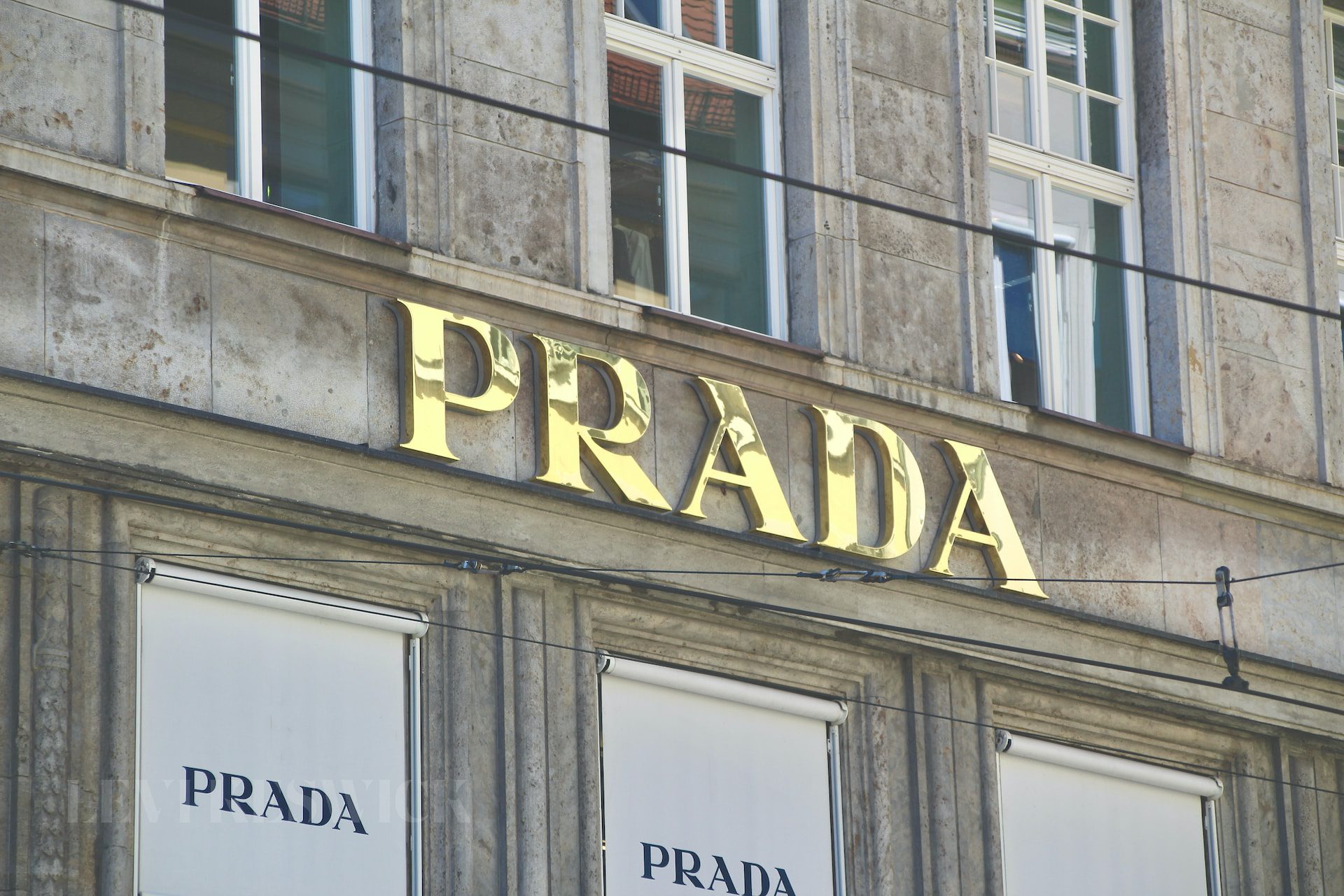Key takeaways:
- Gucci and Prada are two prominent Italian luxury brands, each with a unique style and consumer base.
- The origin and historical progression of these brands have greatly influenced their present-day image.
- While both brands command high prices, their specific aesthetics and product lines cater to different consumer preferences.
- From logo designs to fashion collaborations, each brand has distinctive elements that make them stand out.
Heritage and Origin: Gucci and Prada
Gucci and Prada, two iconic Italian fashion houses, have set their footing in the luxury fashion world with their distinct styles and exquisite craftsmanship. Originating in the early 20th century, both brands have carried forward their unique legacies and continue to redefine luxury fashion.
Gucci: Launched in Florence in 1921 by Guccio Gucci, the brand began with a focus on high-quality clothing and equestrian equipment for Italy’s affluent class. Over the years, it has evolved into a fashion powerhouse, showcasing Italian maximalism through an array of products, including handbags, clothing, fragrances, and even home decor.
Prada: Older than Gucci, Prada was founded in 1913 by Mario Prada. Like Gucci, Prada initially specialized in fine leather goods such as handbags and luggage. Now, the brand is recognized for its high-quality, elegant, and stylish offerings, encompassing ready-to-wear fashion, accessories, and more.
Distinctive Aesthetics and Demographics
Although Gucci and Prada share a common Italian origin, their aesthetics and target demographics have diverged over the years.
Gucci has embraced a more maximalist style, often adorning their products with their iconic “Guccissima” pattern and signature colors of red and green. This extravagant approach has resonated with a younger demographic, predominantly aged 18 to 24. Gucci’s ability to infuse pop culture and fashion trends into its offerings, visible in collaborations with celebrities and brands such as Adidas, have further enhanced its appeal among young millennials.
In contrast, Prada carries a sophisticated and minimalist style, attracting an older demographic group, usually aged 18 to 34. The elegance and simplicity of Prada’s designs have particularly resonated with professionals in formal work environments.
Pricing: A Game of Luxury
Pricing in luxury fashion is more than just a tag—it’s a symbol of exclusivity and desirability. Both Gucci and Prada operate in a similar price bracket. However, due to Gucci’s higher popularity, some of its items might command a slightly higher price than Prada’s. Nonetheless, both brands exude exclusivity and status through their premium pricing, making their products coveted symbols of luxury.
Logo Design: The Brand Signature
Every luxury brand carries a unique logo that acts as its immediate identifier. The logos of Gucci and Prada reflect their brand ethos and aesthetics.
Gucci’s most recognized logo is the double interlocking “G”, symbolizing the founder’s initials. This logo, coupled with its signature color palette, is often embossed on its products, lending them a flamboyant touch.
Prada’s logo is typically more subtle, a triangular emblem featuring the brand name and ‘Milano’, marking its city of origin. This simple yet sophisticated logo perfectly mirrors Prada’s minimalist and elegant design philosophy.
Spotlight on Key Selections: Shoulder Bags
Shoulder bags are quintessential elements of a luxury wardrobe. Let’s delve into the star shoulder bag offerings from Gucci and Prada.
Gucci’s GG Black Leather GG Marmont Small Matelasse Shoulder Bag stands out with its softly structured shape and chevron leather. The antique gold-toned hardware and signature double “G” add a touch of class to this coveted piece.
Prada’s Re-Edition 2005 Re-Nylon Bag, a reinterpretation of its iconic mini hobo bag, is another shoulder bag that has made waves in the fashion world. Made from Re-Nylon, a material obtained from purified oceanic waste, this bag beautifully merges style and sustainability.
In conclusion, choosing between Gucci and Prada is more than just a comparison—it’s about identifying which brand resonates more with your personal style, values, and lifestyle. Both offer Italian luxury at its finest, yet their individualistic aesthetics and product offerings cater to different fashion sensibilities. It’s about finding your match in the realm of luxury fashion.








